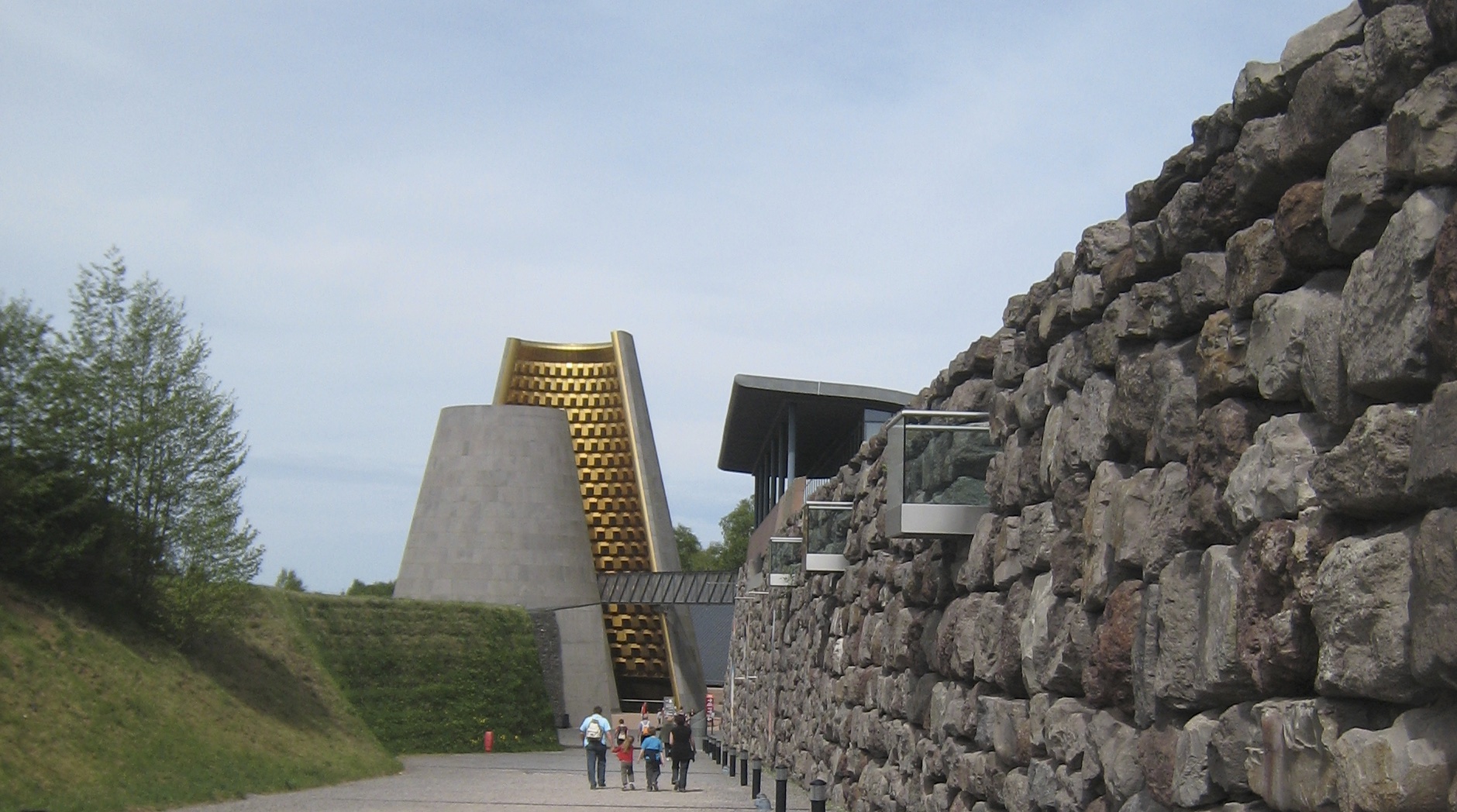I hold my breath while exhilarated fellow voyagers scream at the top of their lungs. We are tumbling at a vertiginous speed into the magma chamber of an active volcano. The idea of hell crosses my mind.
Then I remember: we are in a simulator at Vulcania, a science amusement park, and an education and academic resource center for volcanology. We haven’t moved at all.
Something about Vulcania
Vulcania is in Saint-Ourse-Les Roches, a 20-minute drive from Clermont-Ferrand, the capital of Auvergne in central France, and with an odd black cathedral built with volcanic rock.
Vulcania opened in 2002 and celebrated its 20th anniversary with new exhibits. The geological park sits on a 93,000-year-old and 40-kilometer-long volcanic range known for its Sleeping Giants–the dormant volcanoes rising in the countryside as grassy pyramidal mountains. The highest and youngest is Puy de Dôme, peaking at 1,465 meters.
Vulcania’s landmark is a curious 28-meter-high conic structure wrapped in sheets of volcanic rock “to reflect the light without blinding.” The inside is definitely high-tech: the gold liner is made of stainless steel tinted with vaporized titanium.
Of Fun and Fear
I am here to explore the guts of the Earth in a make-believe facility, through exhibits and attractions filled with extremes: interactive platforms, virtual explosions on gigantic screens, and the chance to ponder the origin of a half-ton metallic meteorite that must have hit Earth in its earliest days. All are unique experiences to learn, feel, and imagine the fantastic power of planet Earth—and fear its wrath.
But it’s the pairing of reality and simulation that is most captivating here. With a 35-meter-deep crater, a caldera, and a lava tunnel, most of the Vulcania site hides under the volcanic subsoil, in the lava of a volcano that erupted 30,000 years ago.
Down there, The Dragon Ride introduces us to the world of volcanology before it existed scientifically. I feel the breath of dragons, the Earth rolling under my feet, and something mysterious poking me in the back. The sound and visual effects show how mythical creatures such as dragons were invented to explain natural phenomena before science existed.
The fun becomes serious at Mission Toba. It shows the story of the super volcano that erupted in Indonesia some 74,000 years ago. As I watch the fictionalized, yet scientifically based vision of that doomsday eruption, I ponder what dormant really means. I am, after all, standing in the middle of the dormant volcanic region of Auvergne. Could any of these mountains explode again? Hum…
I discover what would happen at The Awakening of the Sleeping Giants of Auvergne attraction. I watch a grassy mount blow up in smoke and I get startled when the cap explodes and the volcano spits rocks and fire… like a furious dragon. Animals flee from woods and burrows while a bellowing ashy mass drifts over the shaken, yet still verdant countryside. Magma spills down the slopes, scorching everything on its way. My jaw drops, and my mouth is dry: it’s make-believe but the emotions are real.
The Volcanoes of the World
Later, I mull over an interactive map showing the location of a dozen super-volcano sites in the world. The mightiest one? Yellowstone National Park, in Wyoming: 10,000 times more powerful than a regular volcano. Some researchers claim that it would plunge the planet into a volcanic winter for several years and wipe out part of the human population. Don’t panic and keep on reading!
I am particularly interested in an exhibit on the Pacific Northwest where I live. The Cascade Range display informs on the 1980 devastating eruption of Mount St. Helens. It had been dormant for 123 years, but it’s a mere blink of an eye in volcano time.
Nearby Mounts Baker, Hood, and Shasta are still holding their fire. And so are most of the 1,500 active and dormant volcanoes worldwide. Meanwhile, two dozen of them are in an eruptive phase.
For the Geological Scientists at Heart
Vulcania was the vision of Katia and Maurice Krafft, two French vulcanists who perished from a pyroclastic flow (an eruption of volcanic rocks and searing gases) at Mount Unzen, in 1991, on the Japanese island of Kyushu, along with their American colleague Harry Glicken and 41 others.
The exhibit Volcano Devils memorializes their life mission: to witness and understand volcanic eruptions to educate and help reduce, if not prevent volcanic disasters.
Perhaps Vulcania will spark a vocation in the teenage visitors who enjoy the serious fun of the educational rides, and those enrolled in Vulcania’s scholastic science programs. They might ask why the magma is red whereas the interior of the planets is primarily green, and differentiate magma (the underground molten rock) from lava (the ejected molten rock).
Here, they also learn that geologists delve into the physical records of volcanoes to trace prehistoric eruptions dozens of millennia back, that the work of geophysicists and geochemists deals with the underground layers, and that meteorologists keep track of dust and gases in the atmosphere around the globe. Through fun, thrill, and fear, they learn about the science of volcanology.
As for the little kids, their height determines which attraction is suitable. The Children’s Lab introduces them to natural phenomena while animated dinosaurs await in the park.
For Peace of Mind
Consider this quote from Jake Lowenstern, the then-head of the Yellowstone Volcano Observatory: “… there is little indication that one [eruption] will happen anytime soon. Serious volcanic activity would follow a considerable amount of [ground] deformation, intense earthquake swarms, and steam explosions. Yellowstone’s recent activity pales in comparison.”
That a global volcanic doomsday isn’t in the forecast is explained via the ASA/USGS Landsat Program, a satellite that “provides the longest continuous space-based record of Earth’s land in existence.”
Meanwhile, all is quiet on the Sleeping Giants’ front.
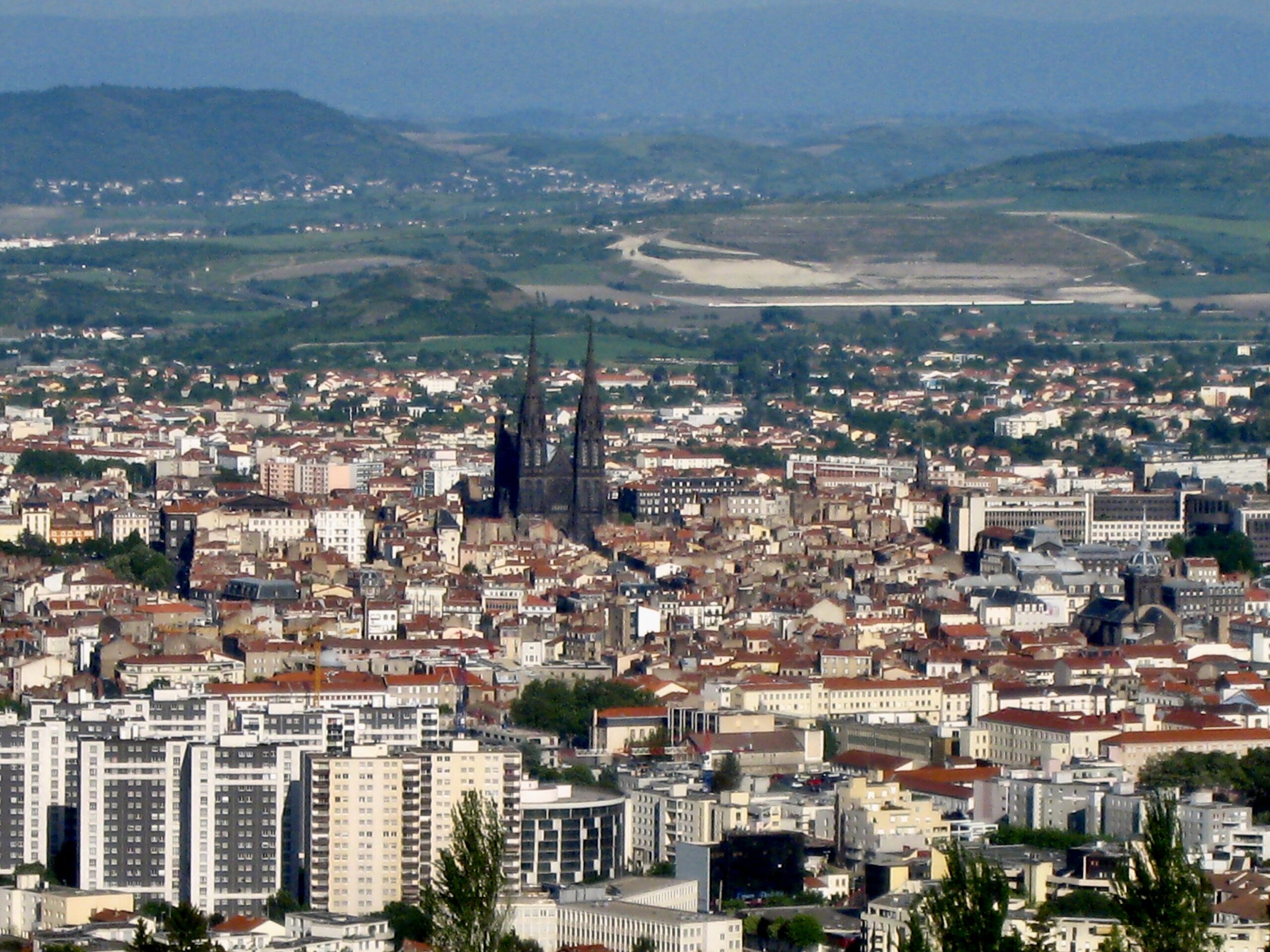
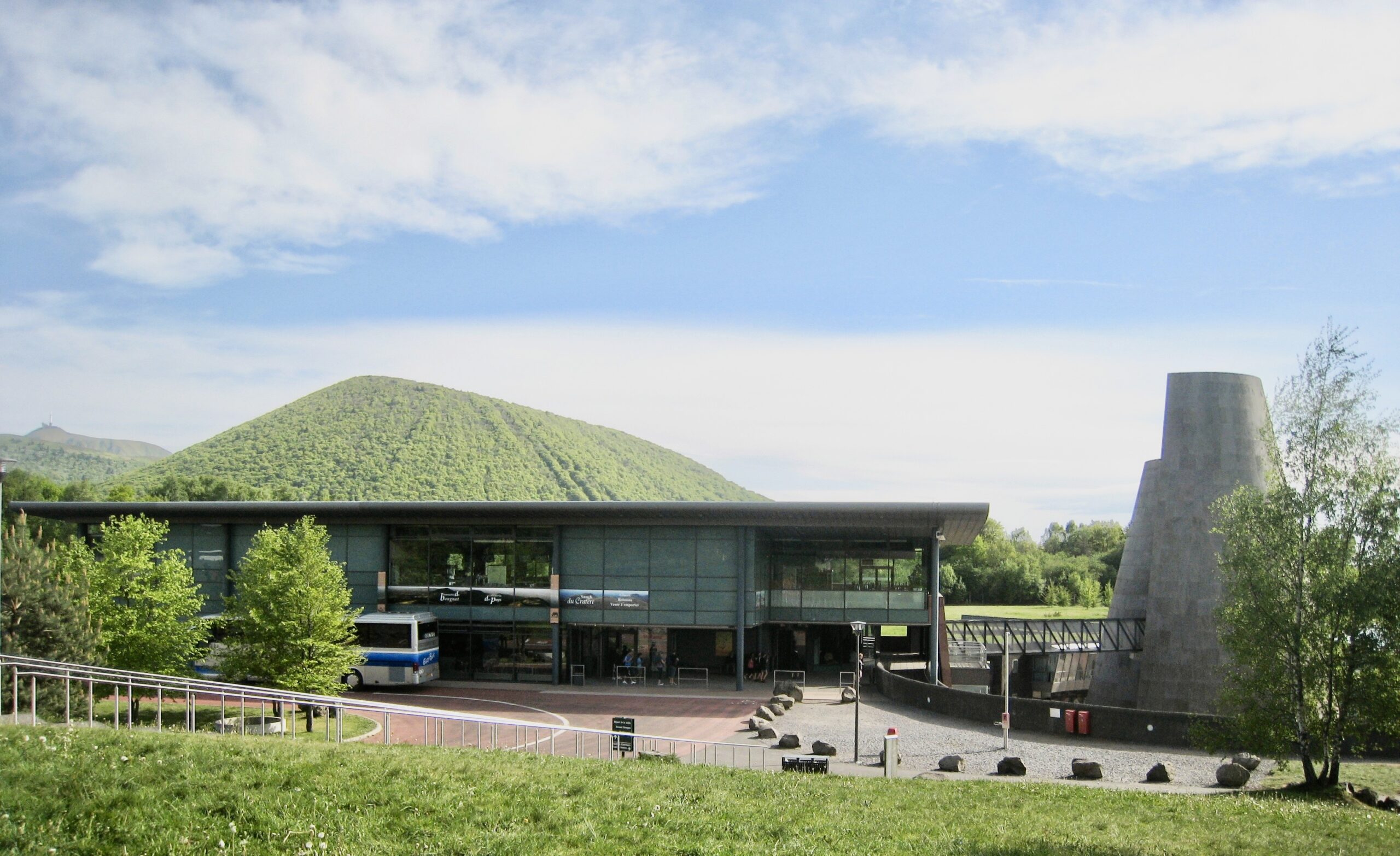
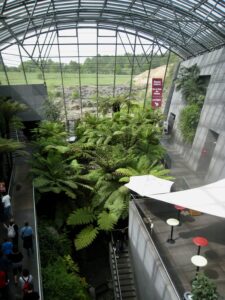
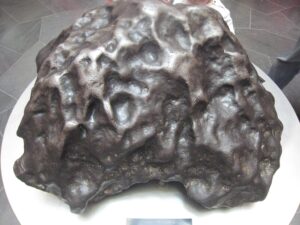
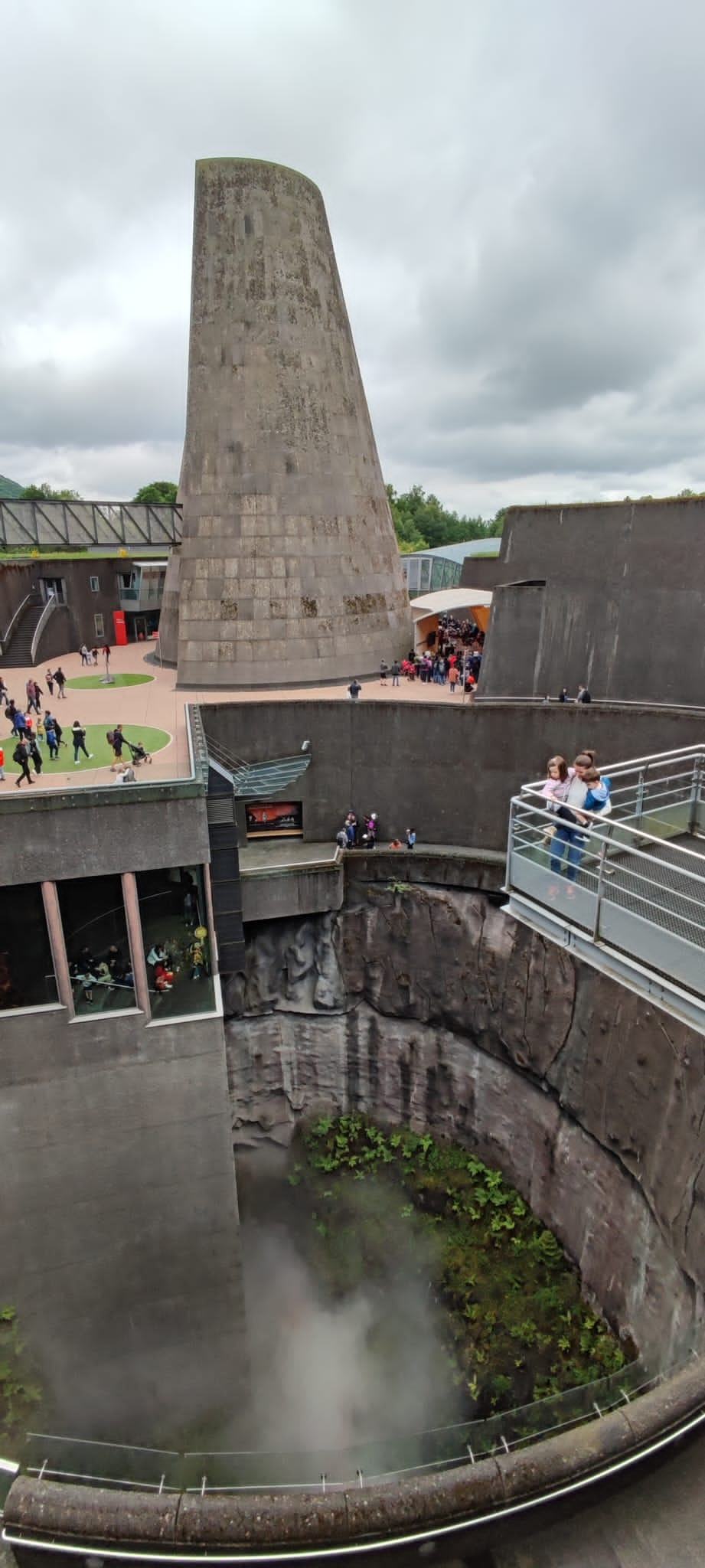

Previously published 2013 Buckettripper – Revised 2022

